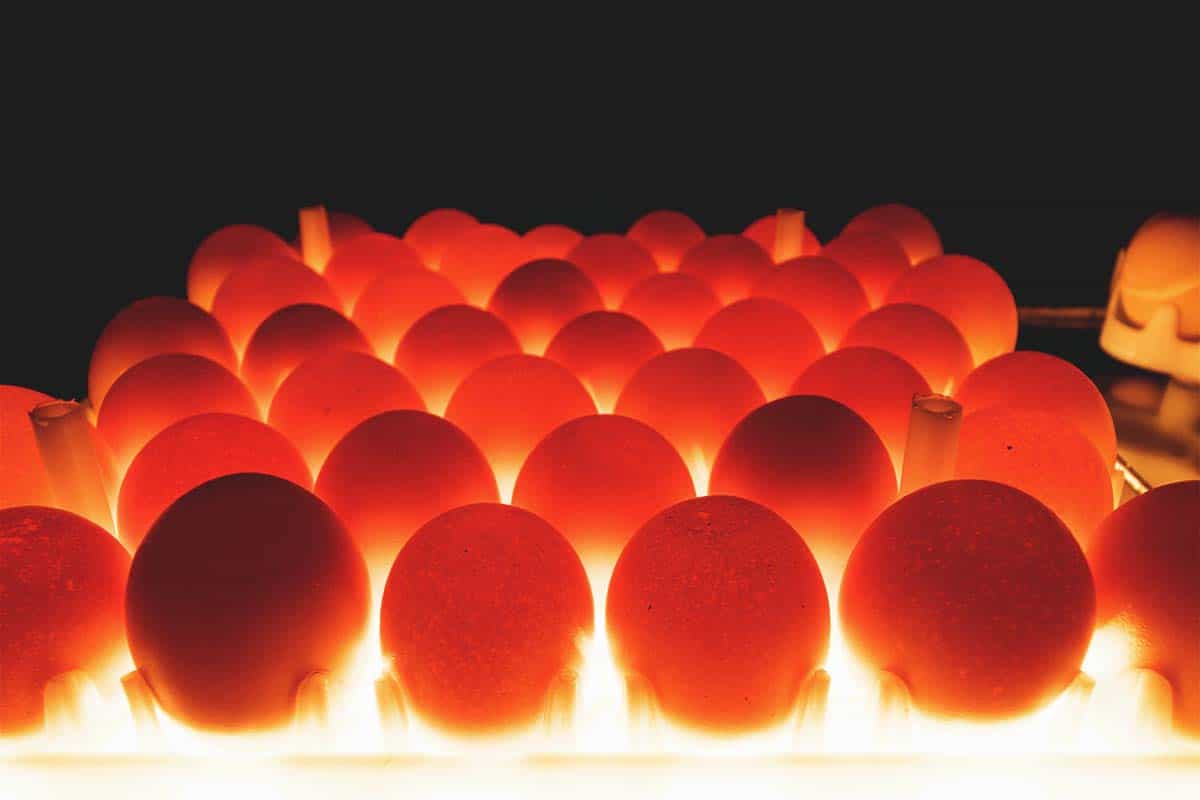Have you ever wondered how other poultry enthusiasts determine the viability of their fertilized eggs without cracking them open? This intriguing inquiry leads us to the fascinating practice of candling. But what is candling, exactly? And could it become a fun yet challenging task for you? Let’s embark on a journey through the art and science of egg candling, exploring its significance, methods, benefits, and more.
At its core, candling is the process of using a bright light source to inspect the interior of an egg. This technique allows hatchers to evaluate the developmental stage of embryos without causing any detriment to the eggs themselves. The practice dates back to the early 19th century when it was primarily utilized to assess the quality of eggs destined for consumption. Still, it has since evolved into an essential skill among those engaged in poultry breeding and incubation.
To grasp the importance of candling, it’s vital first to understand the life cycle of an egg. Once an egg is laid, it can either be collected and consumed or placed in an incubator. The latter option requires attentive monitoring to ensure the embryos develop into healthy chicks. Candling enables poultry lovers to ascertain which eggs are fertile, which are developing normally, and which may be non-viable. This diagnostic tool can significantly improve hatching success rates, making it a crucial practice for both hobbyists and professional breeders alike.
Now, let’s delve into the various methods of candling. The most straightforward approach involves using a bright flashlight or a specialized candling lamp. The light source should ideally be focused and intense enough to penetrate the eggshell but not so bright as to cause discomfort or stress to the developing embryo. Darker eggs, like those of the Brahma chicken, may require more potent light due to their thicker shells.
To begin candling, you should prepare a dark, quiet environment. This not only enhances your ability to see inside the egg but also minimizes distractions. Gently hold the egg with one hand, ensuring that you do not handle it too roughly. Position your light source beneath the egg, taking care to shield the bulb from direct contact with the shell.
As the light passes through the egg, various phenomena become observable. A fertilized egg typically shows signs of development within a few days, revealing a network of blood vessels, a darkening yolk, and perhaps even the shadowy silhouette of an embryo. Conversely, a clear egg indicates non-viability. The combination of illumination and careful observation can provide insights into the egg’s status at various intervals during incubation. Early candling typically occurs around the fifth day, with subsequent checks advisable around the 10th and 14th days, allowing breeders to make informed decisions about the incubation process.
One not-so-playful challenge accompanying candling is the risk of misinterpretation. Inexperienced candlers may confuse shadows or air sacs for developing embryos. Understanding what to expect at different stages is paramount. For instance, when candling around the second week, an embryo should be visible, and the egg’s contents should appear motionless. Just a few days later, an observable movement may be detected as the embryo shifts. This critical phase necessitates a keen eye and a temperate approach to avoid undue concern or premature conclusions.
The benefits of candling extend far beyond mere egg assessment. By routinely practicing this technique, enthusiasts cultivate a deeper understanding of the breeding process. Developing a familiarity with normal embryonic progression can enhance one’s ability to troubleshoot potential issues. Moreover, successful candling contributes to an overall reduction in egg mishandling and wastage, ultimately fostering healthier chicks and more successful hatches.
As we contemplate the broader implications of candling, it’s valuable to consider its significance not just for individual breeders but for poultry wellness at large. The health of future generations hinges on the methods employed today. Empowering oneself with knowledge and technique ensures a continuous cycle of improvement and growth within the poultry community.
In conclusion, candling presents a captivating blend of science and simplicity, joy and challenge. Its practice encompasses vital skills that empower poultry lovers to engage with their craft on a deeper level. So, the next time you’re holding a clutch of eggs, remember: candling may be your playful challenge to navigate, but it opens up a world of opportunity and wonder, illuminating your path in the quest for healthy, thriving chicks. Will you rise to the occasion and illuminate the mystery within those fragile shells?
